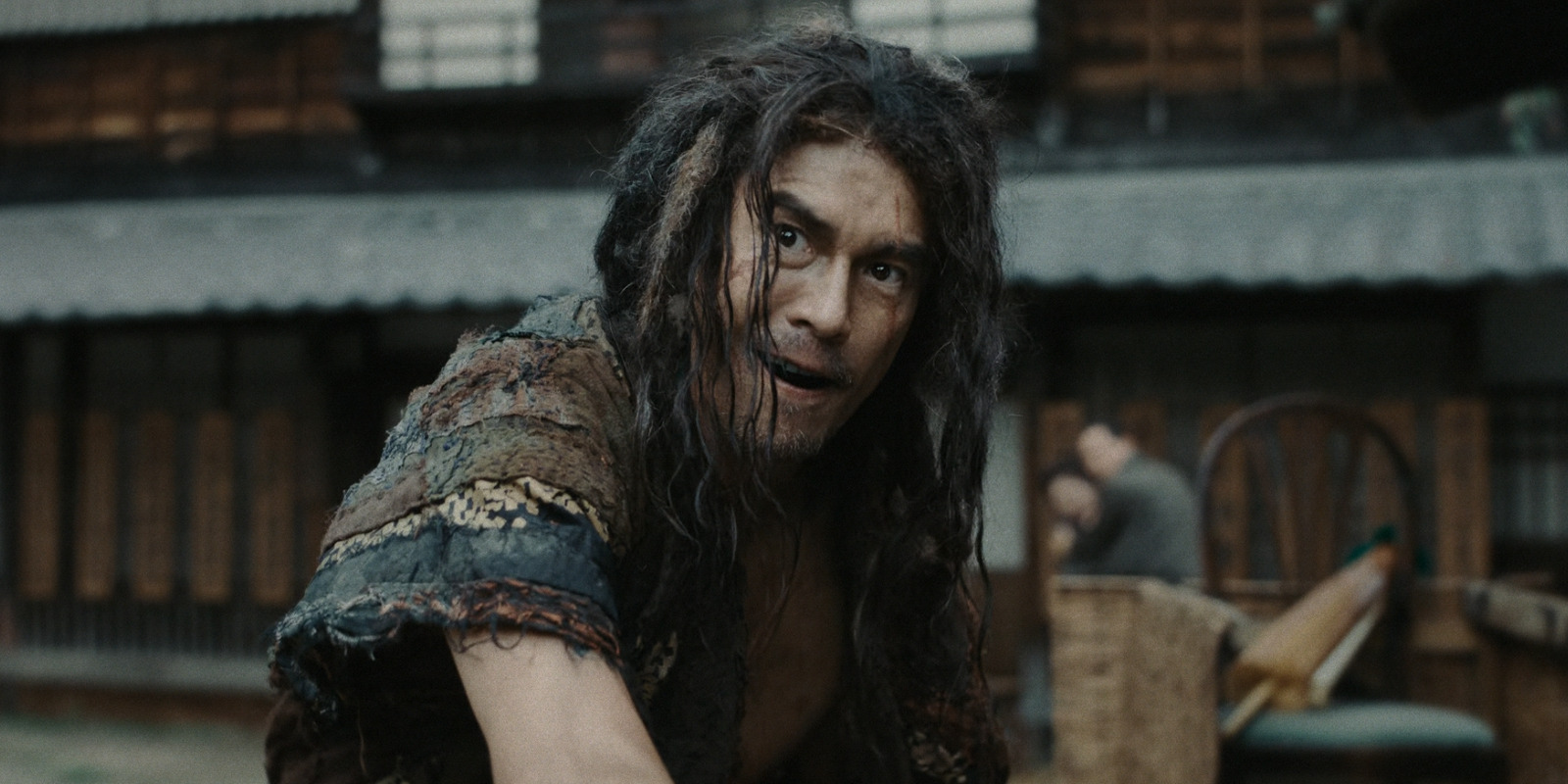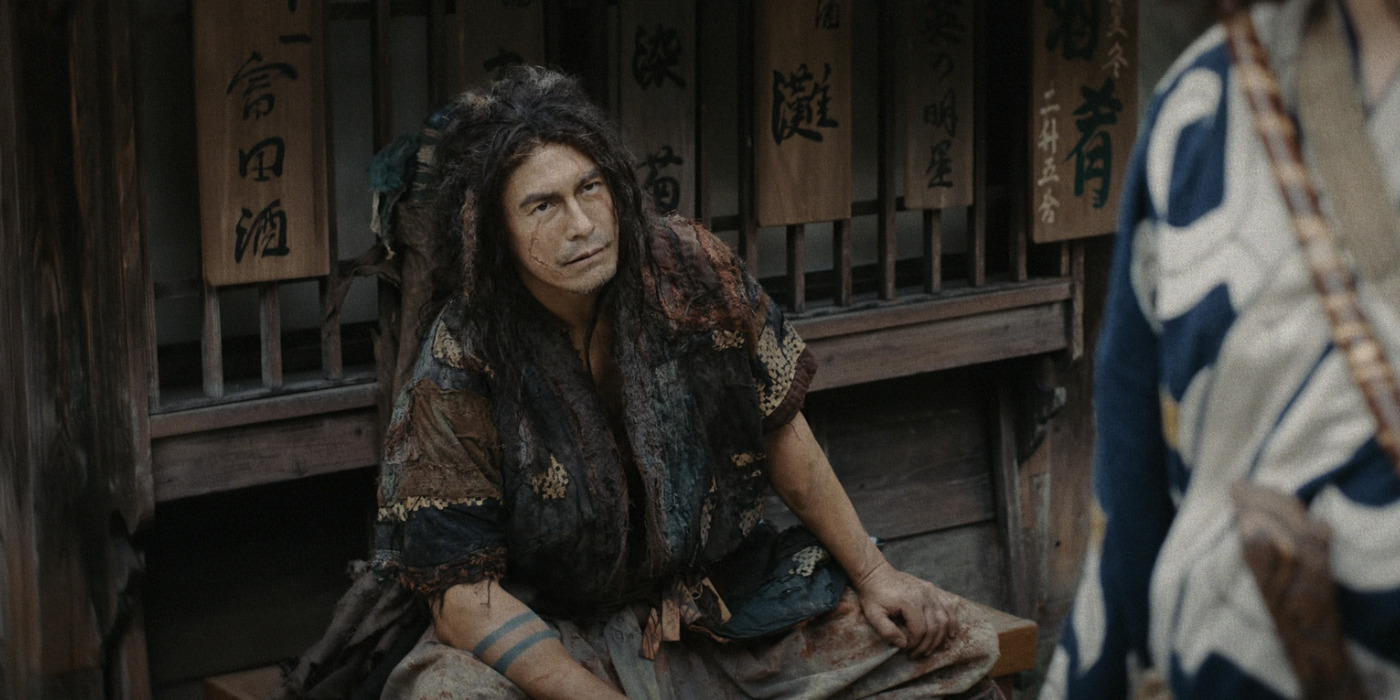The Japanese Netflix show ‘Last Samurai Standing‘ tells a story about the iconic warrior class of Japan as they face the end of their socio-political relevance. Set in 1878, during the time of the Meiji Restoration, the series follows ex-samurai Shujiro Saga, whose family’s dwindling health compels him to participate in a lucrative opportunity: the Kodoku game. However, as he and 291 other warriors soon learns, the competition is actually a match to the death where one must kill their fellow participants to progress through the stages. As a result, alliances and fragile friendships are formed while pre-existing rivalries receive new fuel for the fire. The most prominent instance of the latter dynamic in Shujiro’s story stems from Bukotsu Kanjiya, a lethal contestant and a former samurai who is eager to deliver the other warrior to his death. Amidst the historical narrative of the story, Bukotsu’s uniquely tragic story and characterization become a relevant reflection of the period setting.
Bukotsu Kanjiya’s Character Showcases the Tragic Side of the Historic Decline of the Samurai Class
‘Last Samurai Standing’ employs its historical setting to chart an authentic story, ripe with numerous realistic social and political themes and narratives. However, these historical accuracies mostly remain confined to the peripheries of the central storylines. The inciting premise, the protagonist, and most of the plotline surrounding them are largely works of fiction. This extends to Bukotsu Kanjiya, Shujiro Saga’s nemesis throughout season 1. Much like the protagonist himself, the other samurai is also a fictional character created in the service of the series. Yet, despite his fictionalization, the character’s antagonistic storyline and arc represent a realistic aspect of the Japanese warrior class in the late 1870s. Historically, the samurai class held immense power in the country politically, socially, and economically.

As a result, the warrior class benefited from many privileges, including the right to carry a sword in public as well as an exemption from taxes. However, in the late 19th century, with the Meiji Restoration, they lost many of their privileges as the power shifted from the Tokugawa shogunate to the Emperor. In the aftermath, the samurai class lost its privileges. By 1876, the government had banned the warriors from wearing their swords, and their socio-political influence soon began to fizzle out. Around the same time, the country also began accepting some Western ideas, namely, their modern firearms, which rendered the samurai class’ swordsmanship somewhat obsolete. Notably, this eventually led to the 1877 Satsuma Rebellion, where the samurai revolted against the Emperor.
The conflict lasted from January 1877 to September 1877. In the end, the samurai class’ defeat in the rebellion brought an effective and definitive end to their former glory, which had been in decline for the past few years. In ‘Last Standing Samurai,’ Bukotsu Kanjiya, a warrior who fought in the Boshin War, is shown to have been a part of the Satsuma Rebellion. The narrative utilizes this same tragic backstory to shape Bukotsu’s character into a vengeful and lost warrior, who spends the rest of his days seeking out death, destruction, and violence. Consequently, compared to his narrative foil, Shujiro, Bukotsu becomes an instrumental tool in showcasing the extreme side of the negative impact that the Meiji Restoration had on the samurai class as a whole. Furthermore, he presents an effective opposition to Shujiro, contrasting the latter’s peaceful acceptance of the end of his glory days. Ultimately, while fictitious, Bukotsu Kanjiya contributes to the show’s authentic historical setting.


